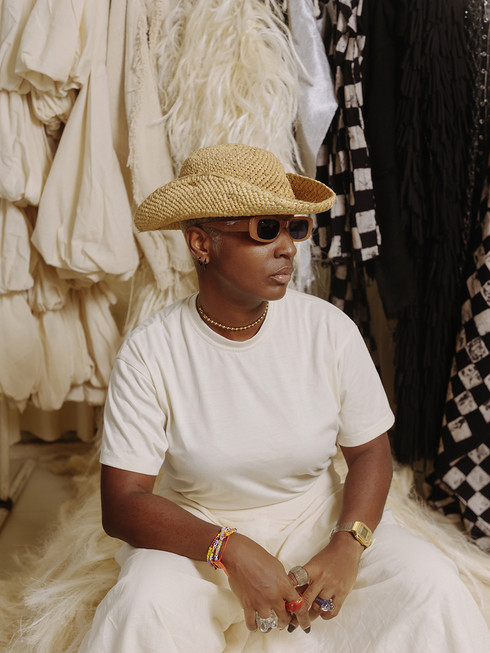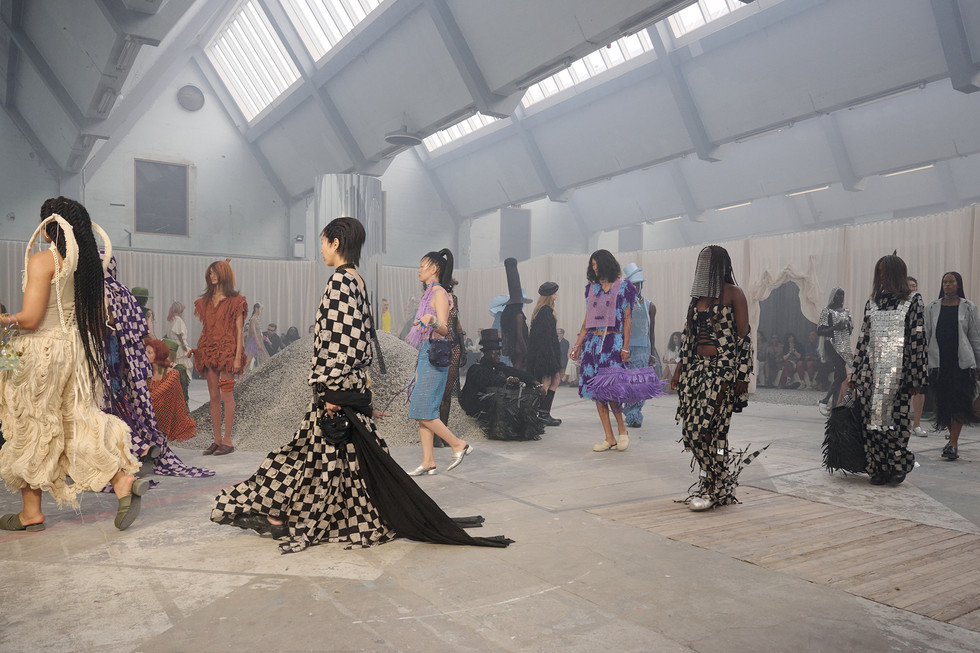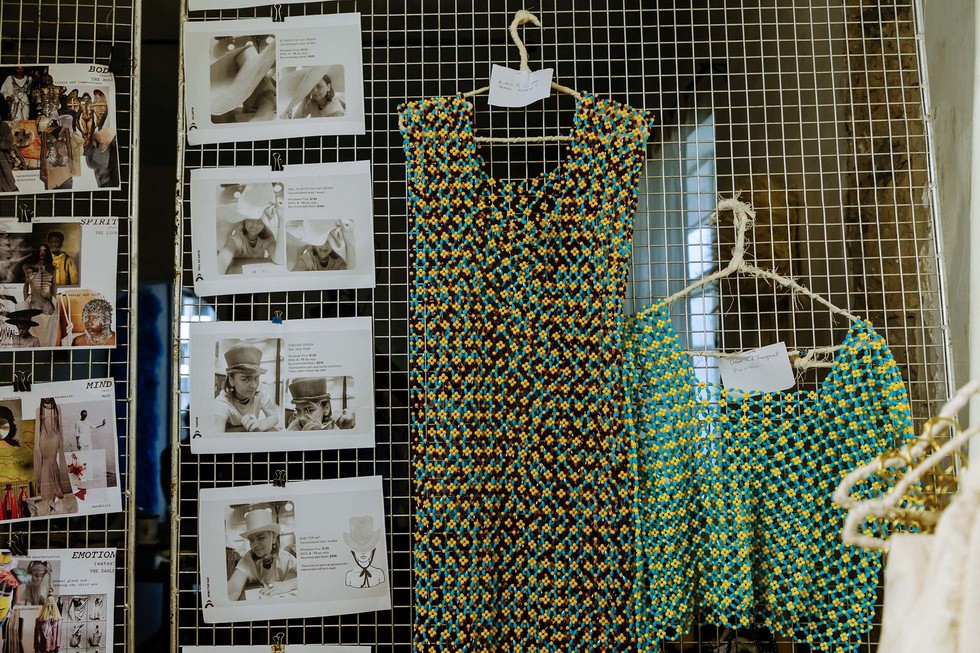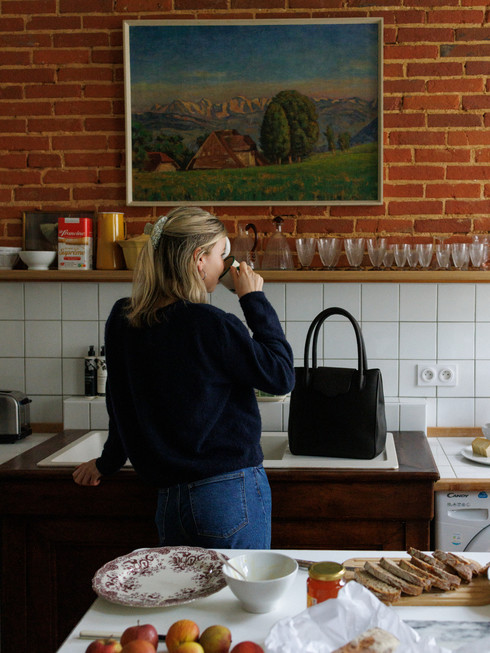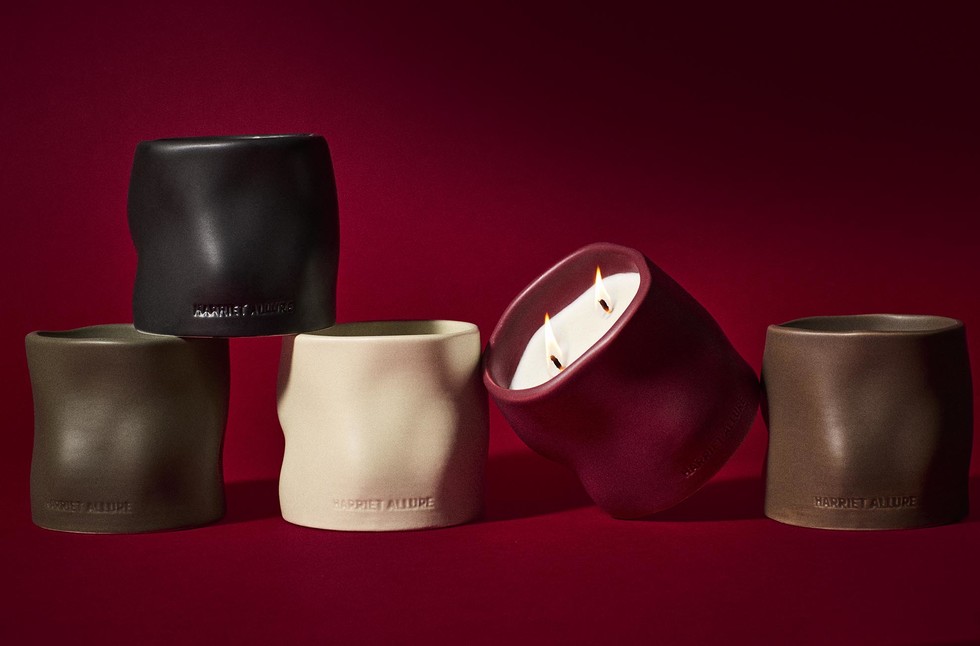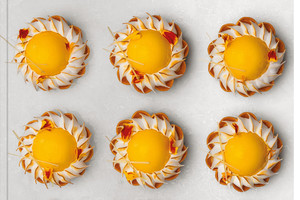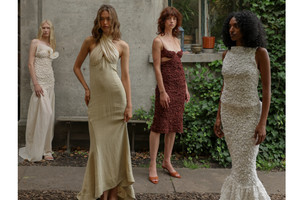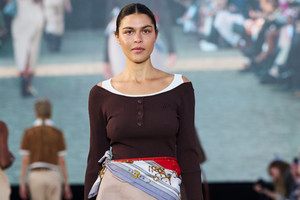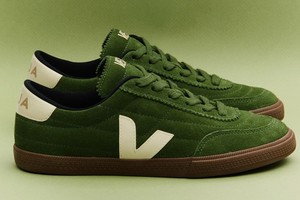IAMISIGO Wins the Zalando Visionary Award 2025 at Copenhagen Fashion Week
Written by Jahwanna Berglund by Janae McIntoshAt this year’s Copenhagen Fashion Week, the Zalando Visionary Award, a prize that champions innovation, sustainability, and cultural dialogue was awarded to IAMISIGO, the groundbreaking fashion label founded by Bubu Ogisi. More than just recognition, the award provides financial support, mentorship, and access to an international network, helping to amplify voices that are reshaping the future of fashion.
For Ogisi, this win is a reminder that the world is finally listening. IAMISIGO’s work is rooted in ancestral knowledge, textile innovation, and cultural continuity threads that weave together tradition and experimentation, the spiritual and the technological. Her collections are not merely garments; they are living archives. Woven into every piece are the gestures of women weavers, the memory of dyeing rituals whispered through generations, and philosophies embedded in acts often overlooked as “domestic.”
Born in Nigeria and now working across the African continent, Ogisi has become a voice of resistance and reclamation. By keeping creation close to home, she insists on telling stories on her own terms and centering “forgotten historical narratives” in an industry that too often overlooks them. IAMISIGO’s practice refuses to treat heritage as static or craft as quaint; instead, they are seen as living technologies, deeply intellectual systems of knowledge, survival, and imagination.
Jahwanna: What has winning the Zalando Visionary Award revealed to you? Not about your brand, but about how the world sees your brand?
It revealed that the world is finally tuning into frequencies we've always been emitting—frequencies rooted in ancestral knowledge, material intelligence, and cultural continuity. The recognition was proof that people are beginning to see beyond aesthetics and into intention.
Awards often offer visibility, but what kinds of deeper exchange do you hope to build through Zalando’s support, be it the mentorship, or the network behind the prize?
I’m interested in systems—how this platform can facilitate cross-cultural research, ethical production pathways, and long-term support for material economies across the continent. I hope to exchange not just knowledge, but frameworks for sustainable sovereignty.
Why is it important for you to keep creation close to home, and to centre these ‘forgotten historical narratives’ in a global fashion system that often overlooks them?
Keeping creation close to home allows us to unearth them on our terms, through our hands. It’s an act of resistance, but also of reclamation. We’re not inserting ourselves into fashion’s history—we’re reminding it of its roots.
IAMISIGO often merges ancient techniques with future-forward materials, so, if your SS26 collection had to be understood as a kind of time travel, where exactly is it taking us?
It takes us to the in-between: the liminal space where ancestors meet algorithms, where spirit tech and biotechnology are not separate but symbiotic.
How do you know when something is finished, when your work celebrates anti-finishing? What makes a piece ‘complete’ in your world?
A piece is never really done—it’s paused. It lives, breathes, unravels, and mutates. I consider something ‘complete’ when it begins to communicate back to me—when it starts carrying its own energy into the world. When I’m designing the piece is really only ready when it leaves my hands and gets onto the runway.
Much of your work deals with the spiritual body, so, when designing for the runway, how do you stage something that’s not meant to be seen, but felt?
Nothing is staged. Everything exists just as it has to in this world. It is a question of looking a bit closer. On the continent, things exist now as they were centuries ago. We just have big concrete cities now to mask all of that. But spirituality is still deeply embedded in the land. I think when I visit these spaces and make them, I’m just stirring the pot. What you see in the show is the fumes from all of this spirituality cooking.
Is there a material you’ve encountered recently that frightened or overwhelmed you, creatively, spiritually, or otherwise?
Yes—tempered glass. So precise, yet fragile. Its false sense of strength mirrored something in me. It forced me to reflect on the illusion of control in creation. It also made me curious about the invisible tensions materials hold.
There’s a recurring theme in your work around portals — to ancestry, to alternative futures. What’s the last personal or creative portal you walked through that changed you?
Abidjan. I fell in love with the city when I went there to work on the collection in May.
Your research spans cities, villages, spirit realms. Where does knowledge travel fastest, and where does it get lost?
It travels fastest through the body. Movement, dance, repetition—those are archives. But knowledge gets lost in translation—when we try to fit fluid systems into rigid structures. Oral traditions don't fit neatly into Dropbox folders.
What’s the biggest misconception you think the fashion industry still holds about “heritage” or “craft”?
That heritage is static and craft is quaint. Both are living technologies. Craft is not just skill—it’s cosmology. Heritage isn’t backwards-looking—it’s the past, the present and the future. It is strategic memory and the industry often commodifies both without understanding the systems they emerge from.
IAMISIGO often functions as a living archive, and so, are there any stories, voices, or techniques you feel responsible for protecting right now?
Yes, there are—too many to mention, and I’m not sure I can fully articulate a complete response right now, because the responsibility is a profound one. But I carry with me the stories of women weavers whose hands remember more than books ever could. For example, the oral dyeing rituals passed down in hushed tones. The philosophies embedded in folding, wrapping, and stitching—acts often dismissed as domestic, but deeply intellectual. I feel responsible for preserving these not just through documentation, but through activation—by centering them in contemporary contexts, and ensuring they are not just seen, but valued, protected, and paid.
If IAMISIGO were to evolve into something that isn’t a fashion label, what form would it take next?
A collective. A tribe. A space where creativity is fluid and purposefully uncontained. IAMISIGO would evolve into a roaming academy, a cultural sanctuary, a research institute that merges material science with ritual practice and spiritual inquiry. It’s always been more than fashion—it’s a living system of re-memory and re-imagination.
You once said your work is about removing the construct of borders. What new border are you currently trying to dissolve, and why?
The border between the spiritual and the technological. They are not opposites. I’m interested in coding as ceremony, in data as an ancestor. Dissolving that binary could unlock an entirely new way of designing—and of being.

